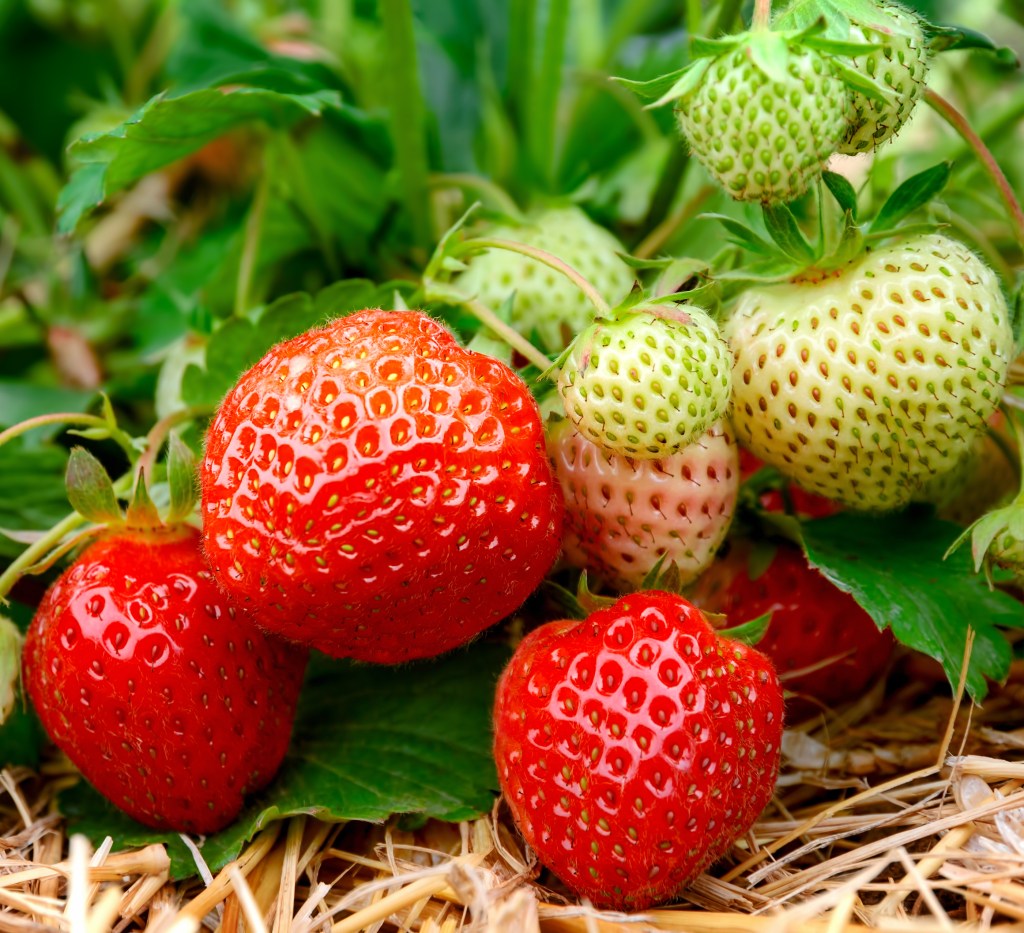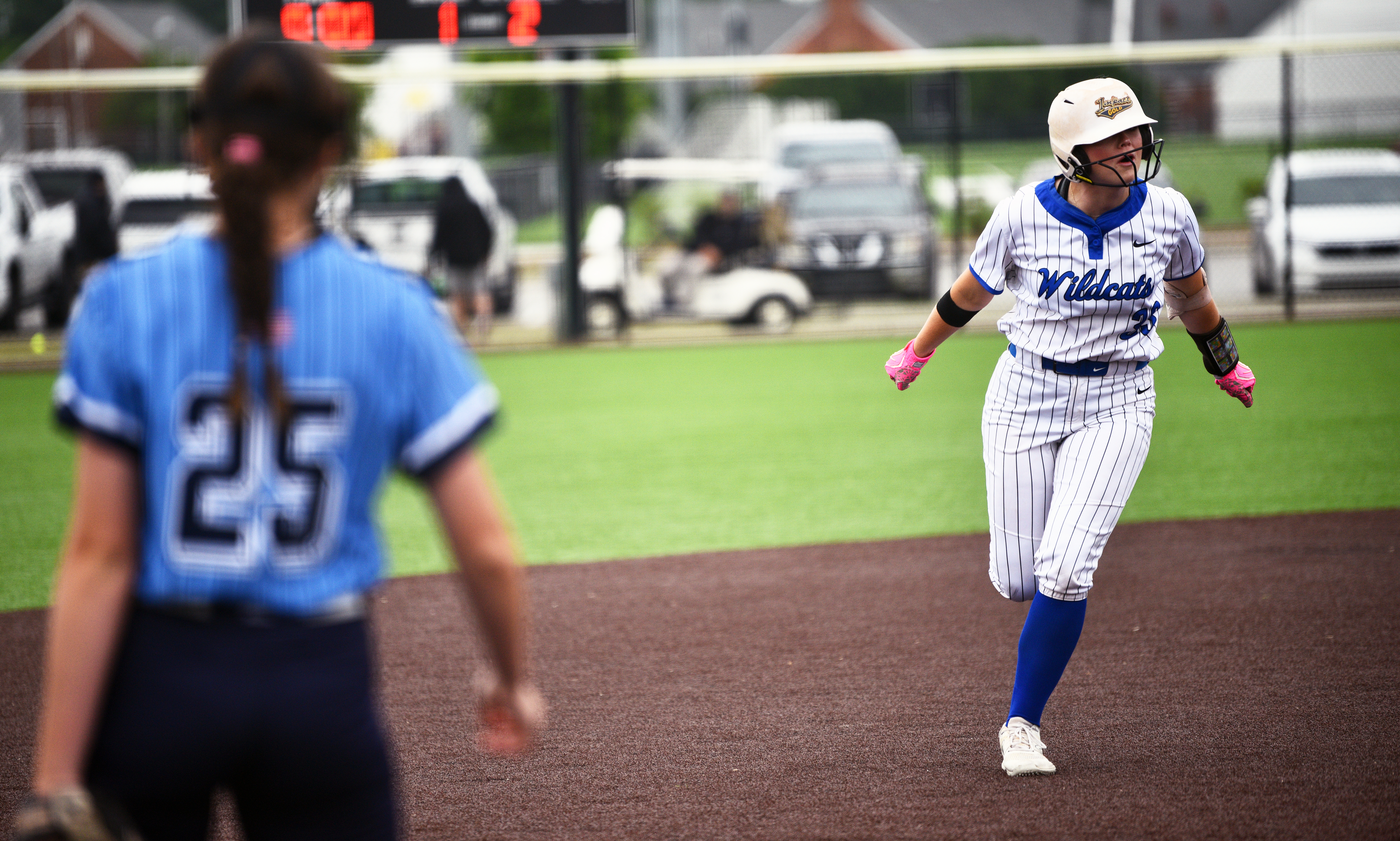SWEET SENSATION: Popular strawberries come in many varieties
Published 6:45 am Sunday, August 18, 2019

- Strawberries
There are a lot of things that I have been exposed to here south of the Mason-Dixon line that we just didn’t have up North. I’ve lived here a fair amount of time now, so I’ve come across these findings less frequently.
Recently, however, while out to lunch with my friend, Amy, I was introduced to a wonderful little gem. As we sat perusing the menu, she told me to leave room for dessert because the place had strawberry pretzel salad.
When I replied that I’d never hear of it, I was met with an expression of sheer shock. How had I never heard of it? It didn’t matter what else I ordered from the menu; dessert was decided. It was brilliant!
Originally published in the 1963 cookbook “Joys of Jell-O,” it is the perfect combination of sweet and salty. It’s so good, it makes a person want to grow strawberries.
Growing your own
There are a few different types of strawberry plants — spring-bearing, June-bearing and ever-bearing. In Alabama, the June bearing plants thrive best.
Planted through October, June-bearing plants produce the stems and flowers during the cool weather of late fall and throughout the winter. Strawberries established in the fall will have a much higher yield the following season.
June-bearers, as their names suggests, bear fruit in June. They produce one large crop of fruit over a span of two to three weeks. Ideally, for this reason, gardeners plant at least one early, one midseason and one late-season cultivar to spread out the harvest season.
Here are some suggested varieties, including bloom time (BT), yield (Y) and size (S):
• Douglas – BT: very early; Y: high; S: large;
• Cardinal – BT: early; Y: high; S: med-large;
• Chandler – BT: early; Y: high; S: large;
• Earliglow – BT: early; Y: moderate; S: small;
• Sunrise – BT: early; Y: high: S: small;
• Earlibelle – BT: early-midseason; Y: moderate; S: small-med;
• Allstar – BT: midseason; Yield: high; S: large;
• Albritton – BT: late-midseason; Y: moderate; S: medium; and
• Delite – BT: very late; Y: high; S: large-very large.
As with other fruit-producing plants, strawberries should receive at least six hours of sun per day. They can be grown in partial shade, but the fruit yield and quality will suffer.
In hotter climates, during the heat of summer when temperatures rise above 85 degrees, strawberries benefit from the use of a 30-percent to 60-percent shade cloth. The percentage of a shade cloth refers to the percentage of sun and UV rays blocked. It filters light to reduce plant stress and prevent the leaves from burning and the soil from drying out too quickly.
A soil test should be performed so that adjustments can be made before planting. Soil pH should be approximately 6.2 for optimum growth. Apply the recommended potassium and phosphorus before planting, and till into the soil. At planting, use 3 pounds (6 cups) of ammonium nitrate per 100 square feet (10 by 10 feet) at planting and again in July and September. Following the establishment year, make the first nitrogen application when new growth appears in spring. Make a second application during renovation and the last application in September. Use 3 pounds of 10-10-10 fertilizer for each application.
Strawberries should not be planted where plants from the Nightshade family (i.e. tomatoes, peppers, eggplant or potatoes) have recently been grown because it makes them susceptible to in-common diseases such as Verticillium wilt.
Plant June-bearers in raised rows that are 24 inches wide and spaced 18 inches apart. This allows for proper irrigation and gives the “daughter” plants, often referred to as runners, room to develop. Plant so the crown of the plant is slightly above the soil line. The crown is where the stem meets the roots.
Strawberries should be watered daily for 7 to 10 days while roots are becoming established and then 1 to 2 inches of water per week.
Straw is traditionally used to mulch strawberry beds. Cover plants with 3 to 4 inches of straw mulch when freezing temperatures are forecast until the threat of damage has passed. Then spread the straw out around the plants to help reduce weeds and maintain soil temperature and moisture.
Adding strawberry plants to the home orchard will have you “berry’ happy you did. Until next week, happy gardening and long live strawberry pretzel salad!
Strawberry pretzel salad
There are many versions, but this is the one that was shared with me.
Recipe from the kitchen of Amy Humphries
Crust
• ¾ cup oleo (margarine), melted
• 3 tablespoons brown sugar
• 2-1/2 cups crushed pretzels
Mix and pat into lightly buttered 9×13 pan. Bake in a 350-degree oven for 10 minutes. Let cool.
Filling
• While crust cools, cream together:
• 8 ounces cream cheese
• 1 cup sugar
• 1 small container (8 oz.) Cool Whip
Spread evenly over crust; refrigerate
Topping
Mix together
• 1 large box (6 oz.) strawberry Jell-O
• 2 cups boiling water
Mix in 3 cups frozen strawberries, sliced, that have been lightly thawed.
Cool until Jell-O just starts to set. (This makes it easier to spread over filling).
Spread over filling; chill overnight.





